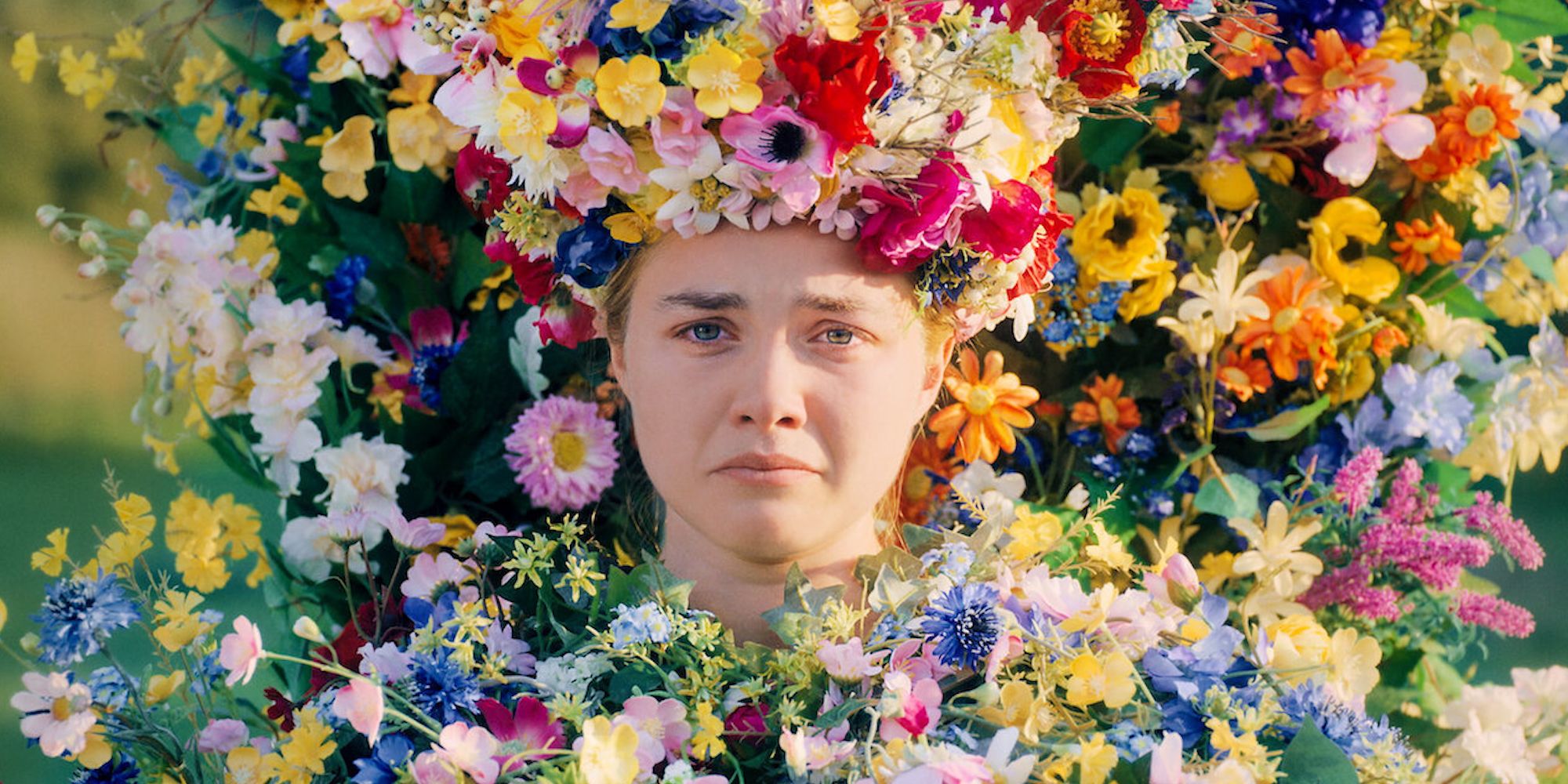Scary movies may seem unappealing to those who aren’t horror movie fans. The constant dread, the scream-inducing frights; it isn’t everyone’s cup of tea. However, horror movies are more than just their scares.
The genre is home to films with amazing, one-of-a-kind cinematography. Even if you don’t care for scares, the cinematography of films like Midsommarand TheBlair Witch Projectare either hypnotic or immersive enough to draw you into their worlds and get you invested in the story.
‘Midsommar’ (2019)
While more unsettling than rife with scares, Midsommar remains a must-see film. Directed by Ari Aster of Hereditary fame, this film is as beautiful as it is disturbing. The film’s slow pace and careful camerawork allow viewers’ dread to slowly build, making Aster’s film a rare, elevated piece of modern horror filmmaking you won’t forget.
Midsommar stars Florence Pugh and Jack Reynor as a dysfunctional couple who travel to Sweden with a group of friends for a seemingly-harmless midsummer festival.
‘The Lighthouse’ (2019)
From Robert Eggers and A24, The Lighthouse is a film that’s hard to grasp even if you’ve seen it. Sometimes comedic, sometimes not, and often frightening beyond understanding, 2019’s acclaimed cross-genre thriller is one of the studio’s most twisted films.
The Lighthouse revolves around two lighthouse keepers, played by Robert Pattinson and Willem Dafoe. After being marooned at their remote outpost, their time at their tower takes a grizzly turn.
‘Nosferatu’ (1922)
No film best laid a path for a genre than director Friedrich Murnau’s Nosferatu. With its use of shadows to terrify and excite, this seminal vampire horror film still stands as one of the most influential films of all time. Released in 1922, Nosferatu is an example of an early German Expressionist silent film.
Nosferatu is an unofficial adaptation of Bram Stoker’s iconic Dracula. However, several elements of the story were changed, as court proceedings destroyed all copies of the film. The copies that survived the purge are the only record of the masterpiece we know today.
‘Suspiria’ (1977)
Terror and beauty rarely mix as well as they do in Suspiria. This supernatural horror film uses its vibrant, colorful style to relay a plot that is twice as grizzly as its stylish visuals would have you assume. The film was remade in 2018, released under the same name, and directed by Luca Guadagnino.
Suspiria follows Suzy Bannion (Jessica Harper), an American ballet student who transfers to a prestigious German dance school. After a series of brutal murders, Bannion begins to uncover the academy’s haunting entanglement with the occult.
‘The Witch’ (2015)
The Witch is special in that its impact lies almost in its cinematography. With some exceptions, every scene is as minimalist as they come. And yet, somehow, the film was one of the most chilling of 2015.
Directed by Robert Eggers and widely released by A24, The Witch is set in New England in the 1630s. It tells the story of a Puritan family and the forces of evil beyond their farm.
‘Bram Stoker’s Dracula’ (1992)
1992’s Bram Stoker’s Dracula is one of the most exquisite adaptations of fiction’s seminal vampire story. Directed by Francis Ford Coppola, the film was nominated for four Academy Awards (and won three of the Oscars) upon its release. The film’s unique cinematography borders on cartoonish at times, but it only serves to heighten the other-worldly fantasy of the plot.
The film is based on Bram Stoker’s Dracula—as the movie’s title plainly suggests—and begins with solicitor Jonathan Harker’s (Keanu Reeves) business dealings with the Transylvanian noble Count Dracula (Gary Oldman).
‘The Shining’ (1980)
Based on Stephen King’s 1977 novel of the same name, director Stanley Kubrick’s The Shining is an unmissable horror classic. The unsettling order and symmetry that characterizes the film’s distinct cinematography sharply contrast with the violence and insanity that undercuts the movie’s plot.
The Shining begins when aspiring writer and recovering alcoholic Jack Torrance (Jack Nicholson) becomes the caretaker of the Overlook Hotel, moving in with his wife (Shelley Duvall) and his young son (Danny Lloyd) only to be snowed in by a winter storm. A 2019 sequel continued the story in the form of Mike Flanagan’s Doctor Sleep.
‘The Blair Witch Project’ (1999)
“Beautiful” might not be the word you’d use to describe the look of 1999’s The Blair Witch Project, and yet the found footage-style cinematography it championed has not let up since its release. The immersive terror of the independent film stems from its handheld camera point-of-view, which emulates the amateur filmmaking found in documentaries on paranormal events. It is a style that has since found footing in popular films like Paranormal Activity and V/H/S.
Written, directed, and edited by Daniel Myrick and Eduardo Sánchez, The Blair Witch Project tells the story of three student filmmakers investigating a local folklore figure in Virginia known as the Blair Witch.
‘It Follows’ (2014)
It Follows was 2014’s surprise breakout slasher hit. The psychological horror film, directed by David Robert Mitchell, was instantly named one of the best horror movies of the last decade. A killer soundtrack and dreamlike aesthetic elevate It Follows from other high school slasher films. The movie is a brilliant entry point to the horror genre as a whole.
It Follows centers around Jay, a young woman who becomes the target of a deadly supernatural entity after a sexual encounter leaves her marked, unable to avert the threat to her life without having sex with someone else.
‘Annihilation’ (2018)
Annihilation is a delightful mix of visual wonder and challenging themes. Major props to director Alex Garland and cinematographer Rob Hardy, who adapted Jeff VanderMeer’s 2014 novel of the same name in such an eerie and inventive way. Though the movie’s dazzling ending confused many audiences, it’s unlikely that anyone will soon forget its trippy effects and hauntingly gorgeous visuals.
Annihilation features excellent performances from Natalia Portman and Oscar Isaac, to name a few. It follows a group of scientists who enter a quarantined zone of alien origins.
